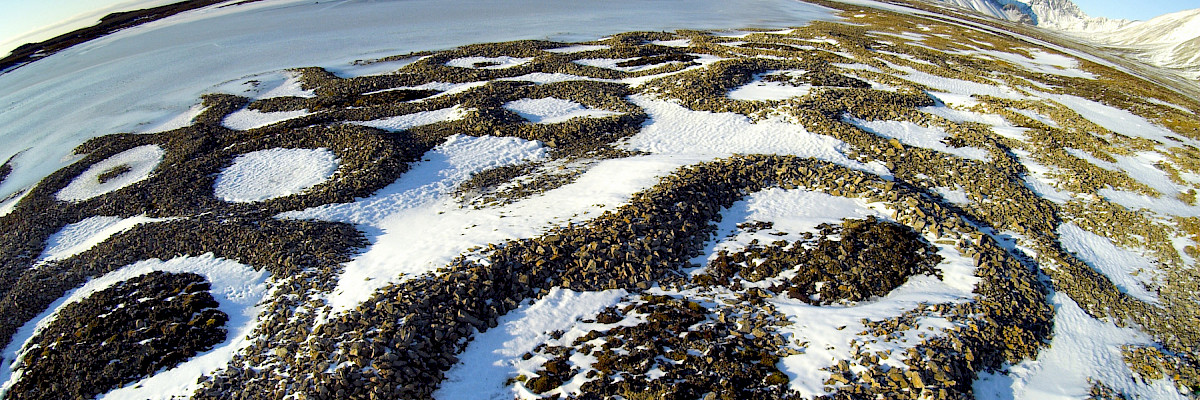
Arctic Protected Areas Index
The Arctic Protected Areas Index provides an overview of the status and trends of Arctic protected areas.
Protected areas have long been viewed as a key element for maintaining and conserving Arctic biodiversity and the functioning landscapes upon which species depend. Arctic protected areas have been established in strategically important and representative areas, helping to maintain crucial ecological features, e.g., caribou migration and calving areas, shorebird and waterfowl staging and nesting sites, seabird colonies, and critical components of marine mammal habitats.
Status and Trends for Arctic Conservation Measures, 2021
The Conservation of Arctic Flora and Fauna (CAFF) and Protection of the Arctic Marine Environment (PAME) working groups of the Arctic Council developed this update on the 2017 indicator report (CAFF-PAME 2017). It provides an overview of the status and trends of protected areas in the Arctic and an overview of Other Effective Area-based Conservation Measures. The data used represents the results of the 2020 update to the Arctic Protected Areas Database submitted by each of the Arctic Council member states. This report uses the International Union for the Conservation of Nature (IUCN) definition for protected areas (Box 1) which includes a wide range of Management Categories – from strict nature reserve to protection with sustainable use. Consequently, the level of protection and governance of these areas varies throughout the circumpolar region.
QUICK FACTS
- The extent of protected and conserved areas in the Arctic has doubled since 1980. While progress has been made, it has not been evenly distributed across ecosystems.
- As of 2021, 20.77% (2.96 million km2) of the Arctic’s terrestrial area and 5.24% (935,778km2) of the Arctic’s marine areas are protected or conserved.
- Protected and conserved area coverage of the Arctic’s terrestrial ecosystems exceeded the Aichi Biodiversity Target of 17%, while protected area coverage of marine areas fell short of the Aichi Biodiversity Target of 10%.
- The extent of protected and conserved areas in the Arctic’s marine environment has increased almost five-fold since 1980.
- The extent of terrestrial protected and conserved areas within the CAFF boundary has almost doubled since 1980.
- Within the Arctic there are 115 areas recognised under global international conventions. These include 12 World Heritage sites; 81 Ramsar sites; and 22 protected areas under OSPAR.
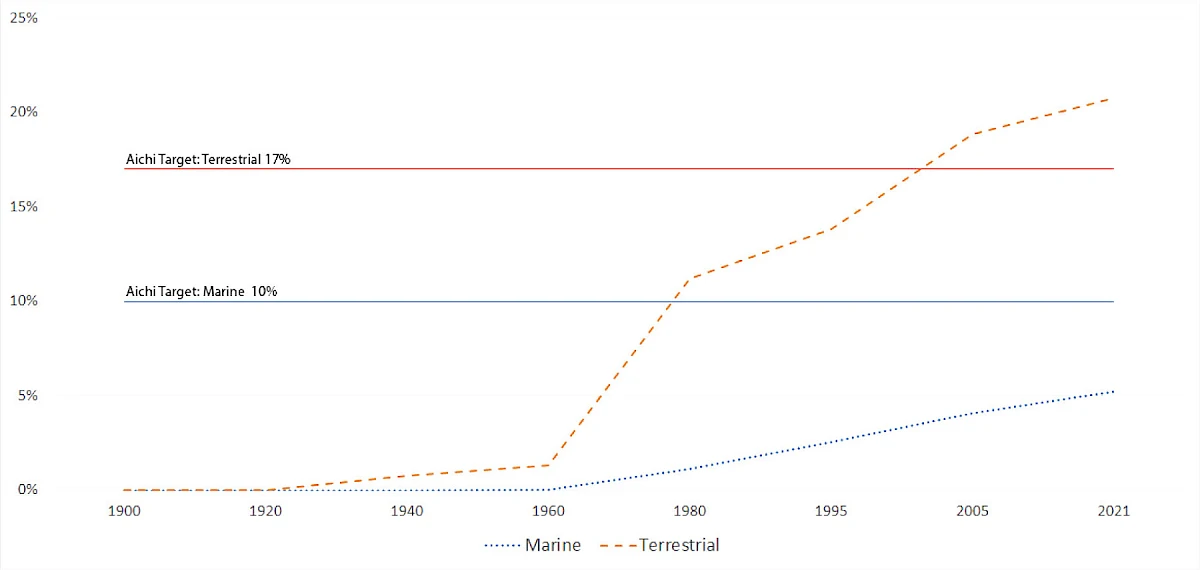
The Arctic Protected Areas Indicator Report, 2017
CAFF and the Protection of the Arctic Marine Environment (PAME) working groups have created an indicator report that provides an overview of the status and trends of Arctic protected areas.
The extent of protected areas within the CAFF boundary has almost doubled since 1980. While progress has been made, it has not been even across ecosystems and the report does not analyse how well the suite of protected areas meet the test of being an “ecologically connected, representative, and effectivelymanaged network of protected and specially managed areas that protects and promotes the resilience of the biological diversity, ecological processes and cultural heritage” (PAME 2015) of the Arctic.
This Arctic Protected Areas Indicator Report, is part of the process that responds to actions identified in both the Framework for a Pan-Arctic Network of Marine Protected Areas (PAME 2015) and Actions for Biodiversity, 2013-2021: implementing the recommendations of the Arctic Biodiversity Assessment (CAFF 2015). It catalogues the extent of protected areas across the Arctic and the trends regarding protected area establishment. It helps track progress towards meeting the objectives of PAME and CAFF and supporting Aichi Biodiversity Targets 1 and 11 adopted in 2010 by Parties to the United Nations Convention on Biological Diversity (CBD). These Targets in turn contribute towards achieving relevant targets within the Sustainable Development Goals (UNEP-WCMC and IUCN 2016).
Currently, in 2016, 20.2% of the Arctic’s terrestrial area and 4.7% of the Arctic’s marine areas are protected. Protected area coverage of the Arctic’s terrestrial ecosystems exceeds Aichi Biodiversity Target 11 which aims for at least 17% of terrestrial and inland water to be protected by 2020. The protected area coverage of marine areas currently falls short of the Aichi Target goal for 10% of coastal and marine areas to be protected by 2020.
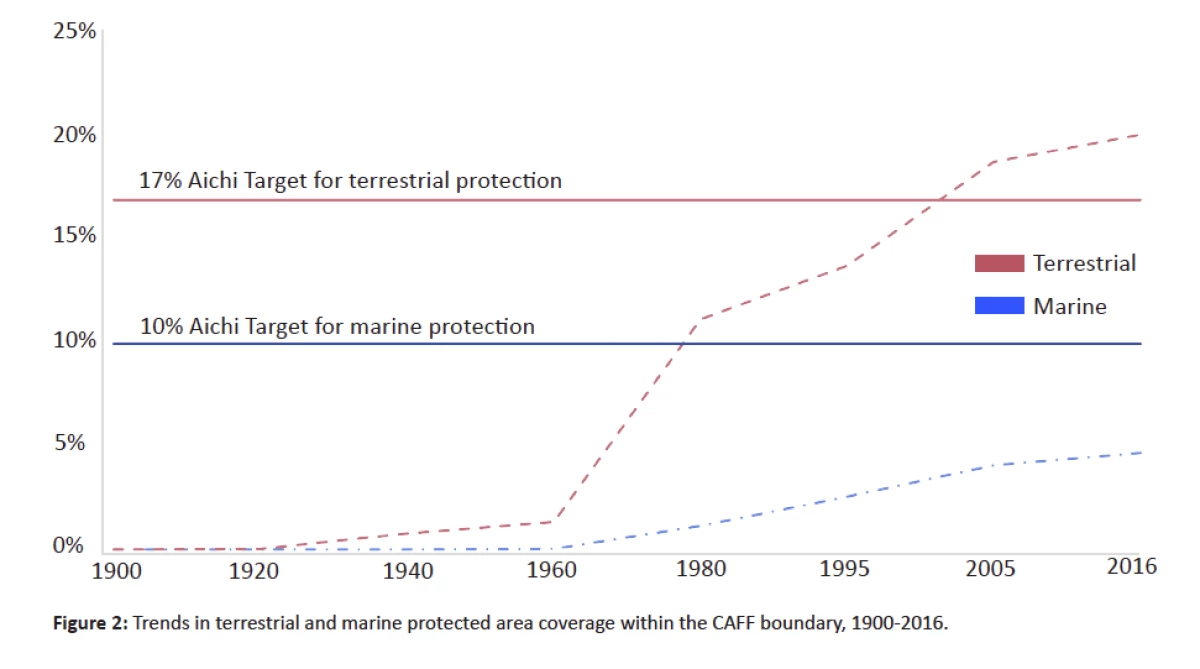
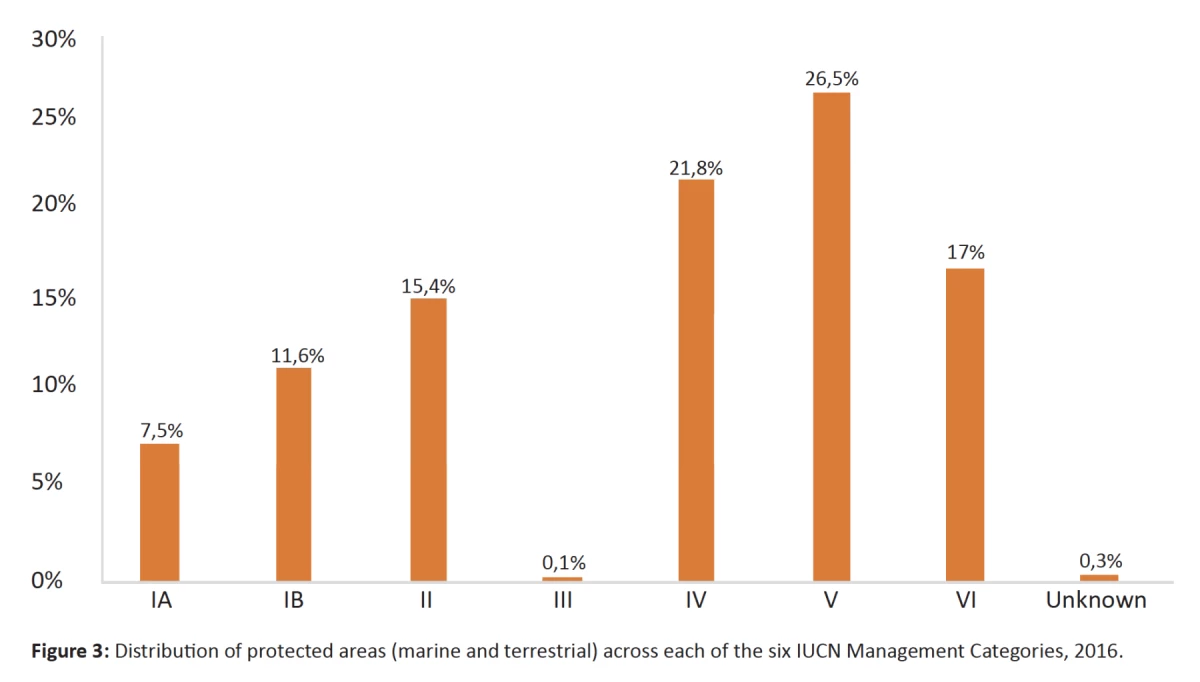
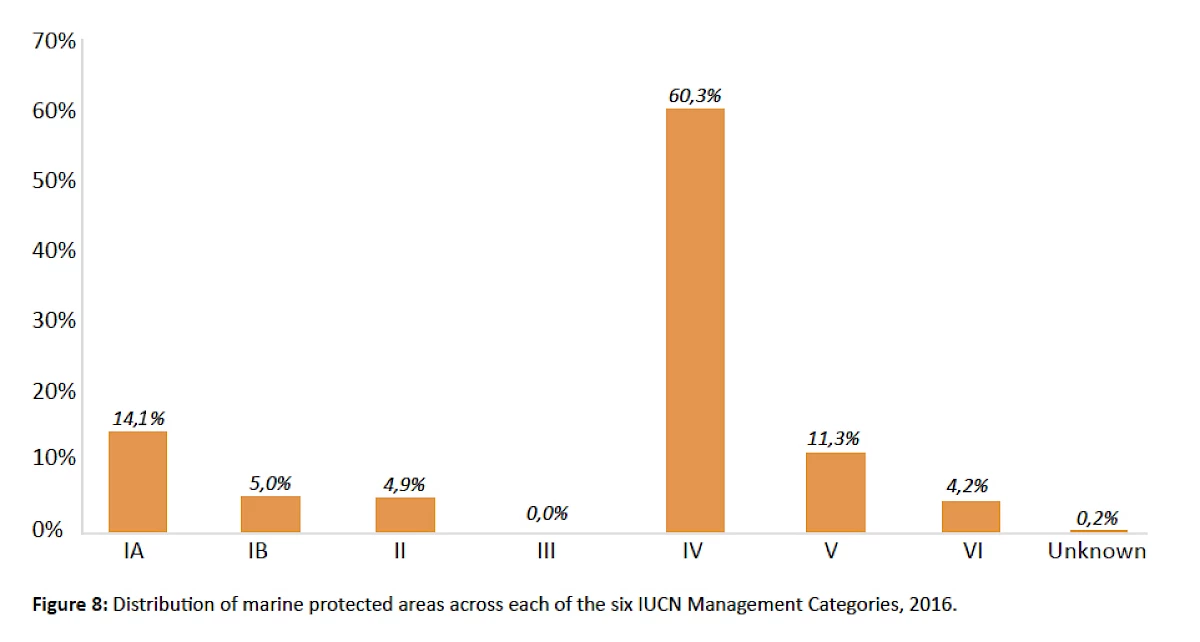
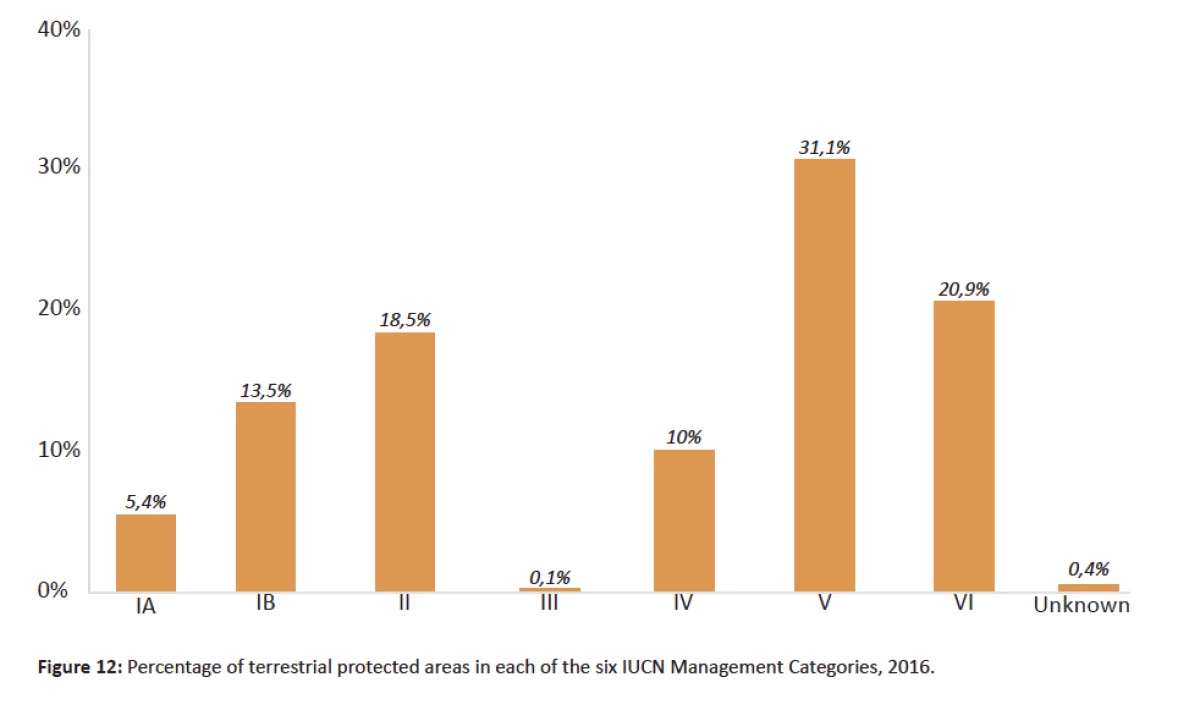
Experts
Lead Working Groups
CAFFPAME
 Arctic Council Working Group
Arctic Council Working Group 